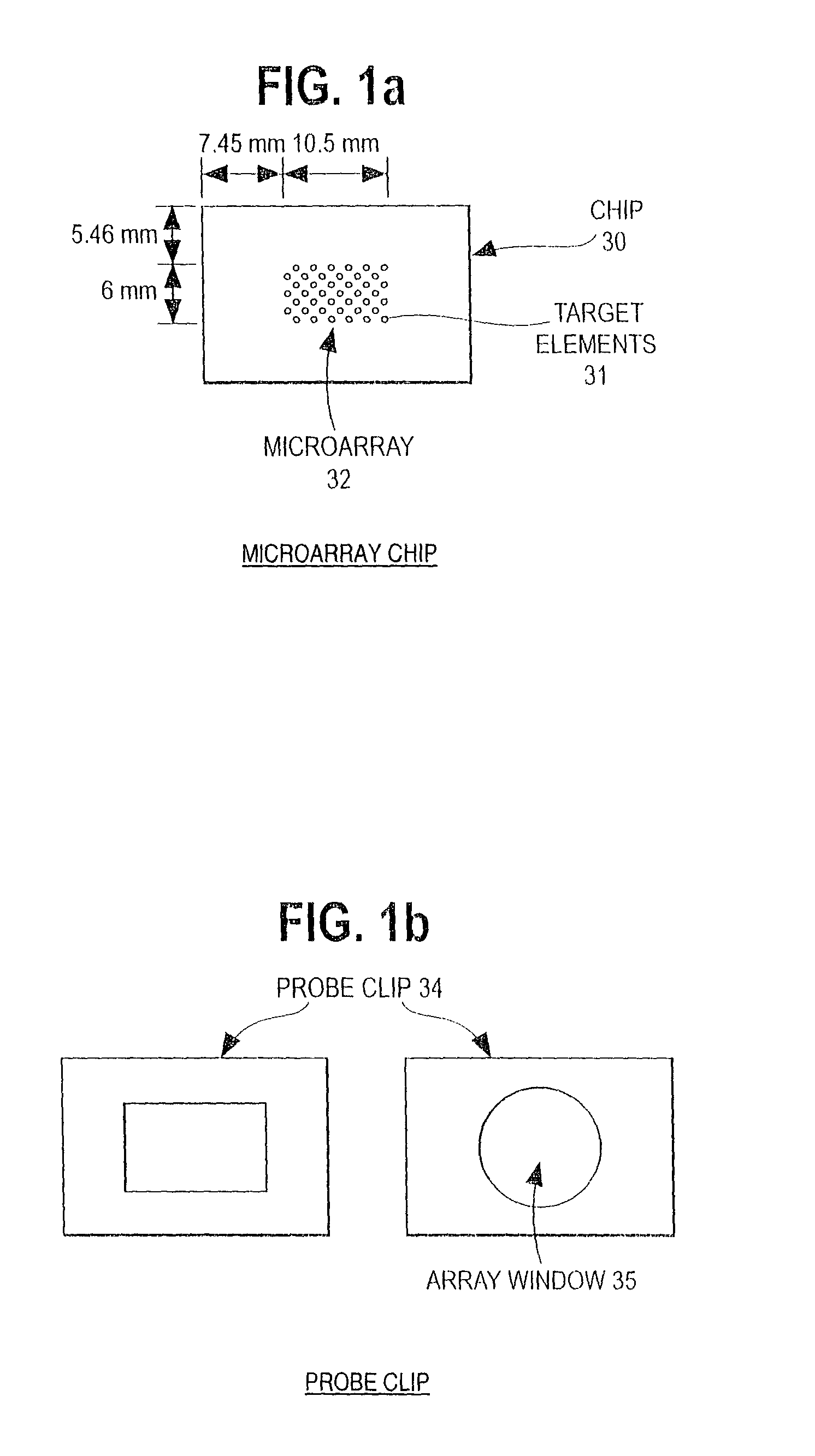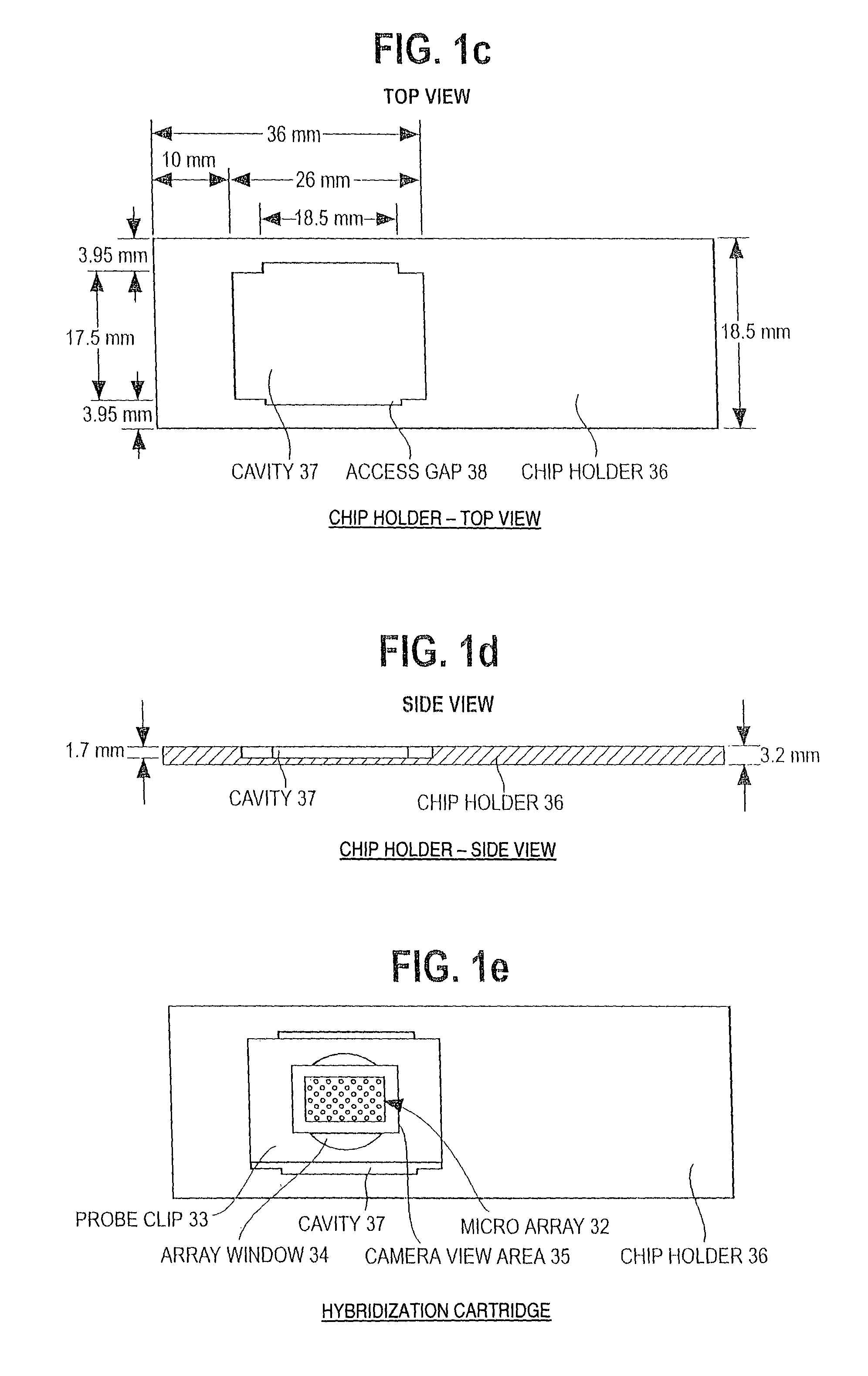Patient stratification for cancer therapy based on genomic DNA microarray analysis
- Summary
- Abstract
- Description
- Claims
- Application Information
AI Technical Summary
Benefits of technology
Problems solved by technology
Method used
Image
Examples
example 1
(A) Procedures
[0137](i) Microdissected breast cancer tissue extracts were obtained from Dr. John Bartlett, Glasgow Royal Infirmary, University of Glasgow. These extracts were produced by first staining thawed, previously frozen breast cancer tissue sections with toluidine blue. Tumor / normal tissue was identified under a ×50 dissecting microscope, followed by microdissection with a scalpel blade into a microfuge tube. One sample (#10) was classified as normal tissue adjacent to tumor tissue (#9). The chromosomal DNA was extracted from the microdissected samples by addition of 25 microliters of proteinase K in TE buffer (pH 7.4) and incubation at 37 degrees C. for 48 hours. The proteinase K was then denatured by heading at 95 degrees C. for 20 minutes.
[0138]5 microliters of each 25 microliter of the proteinase K digested sample was amplified using DOP-PCR as described in Speicher, M. R. et al. (1993) Human Molecular Genetics 2, 1907-1914, using as a primer:
[0139]5′-CCG ACT CGA GNN NNN...
PUM
| Property | Measurement | Unit |
|---|---|---|
| Digital information | aaaaa | aaaaa |
| Fraction | aaaaa | aaaaa |
| Time | aaaaa | aaaaa |
Abstract
Description
Claims
Application Information
 Login to View More
Login to View More - R&D
- Intellectual Property
- Life Sciences
- Materials
- Tech Scout
- Unparalleled Data Quality
- Higher Quality Content
- 60% Fewer Hallucinations
Browse by: Latest US Patents, China's latest patents, Technical Efficacy Thesaurus, Application Domain, Technology Topic, Popular Technical Reports.
© 2025 PatSnap. All rights reserved.Legal|Privacy policy|Modern Slavery Act Transparency Statement|Sitemap|About US| Contact US: help@patsnap.com


